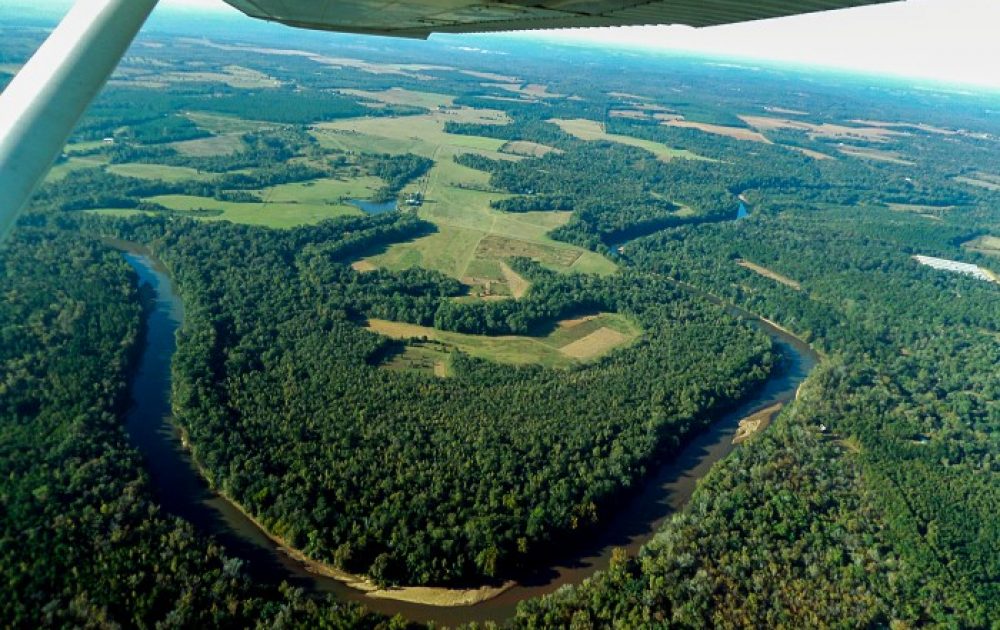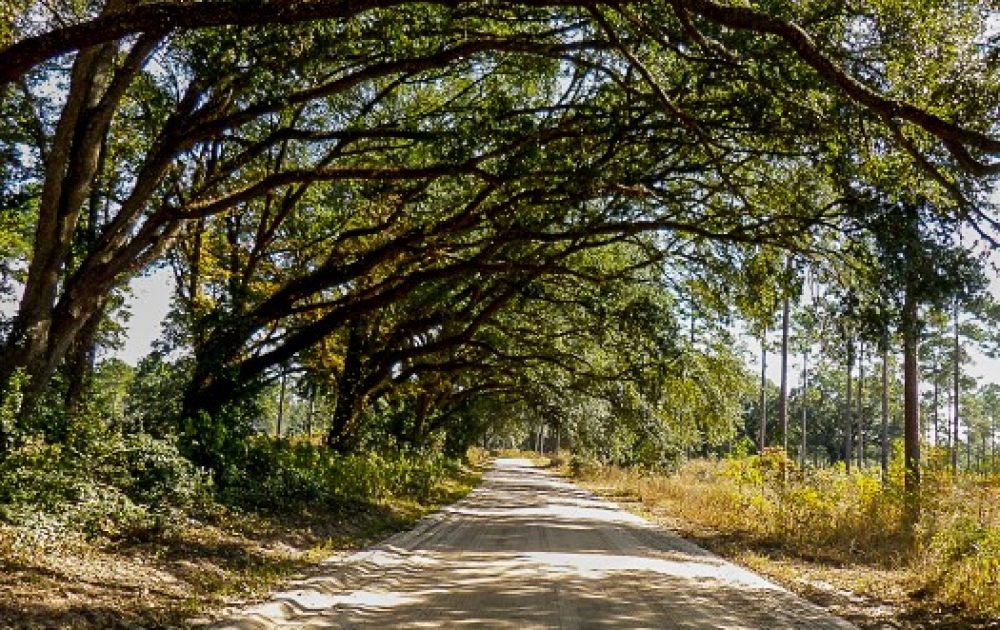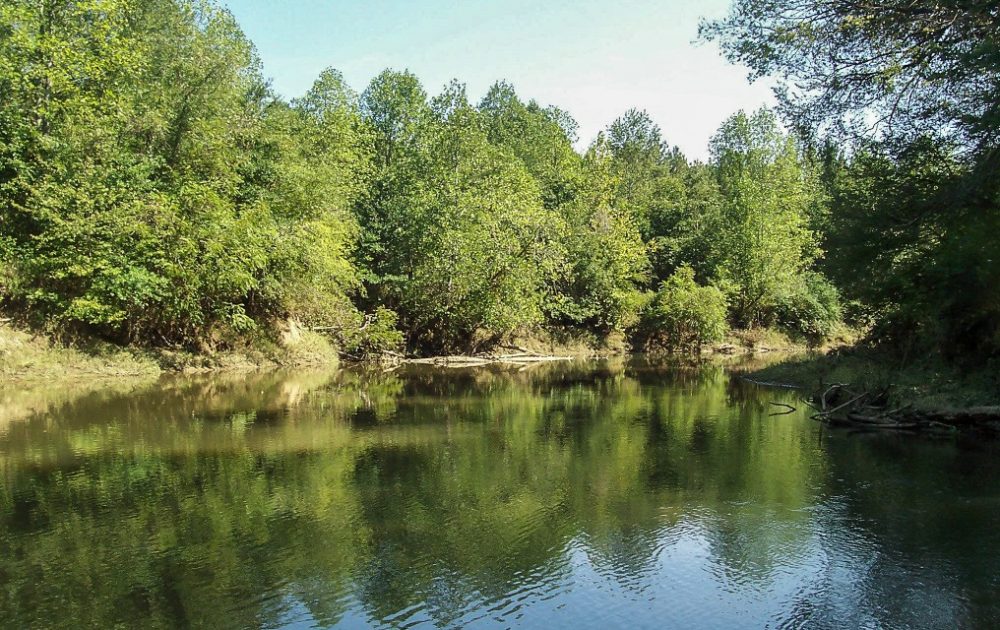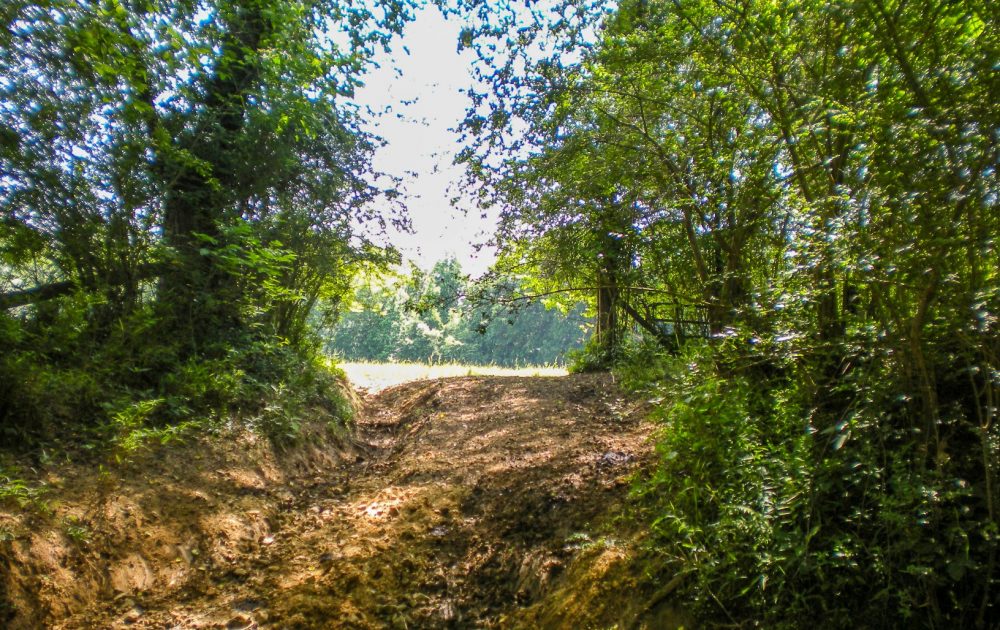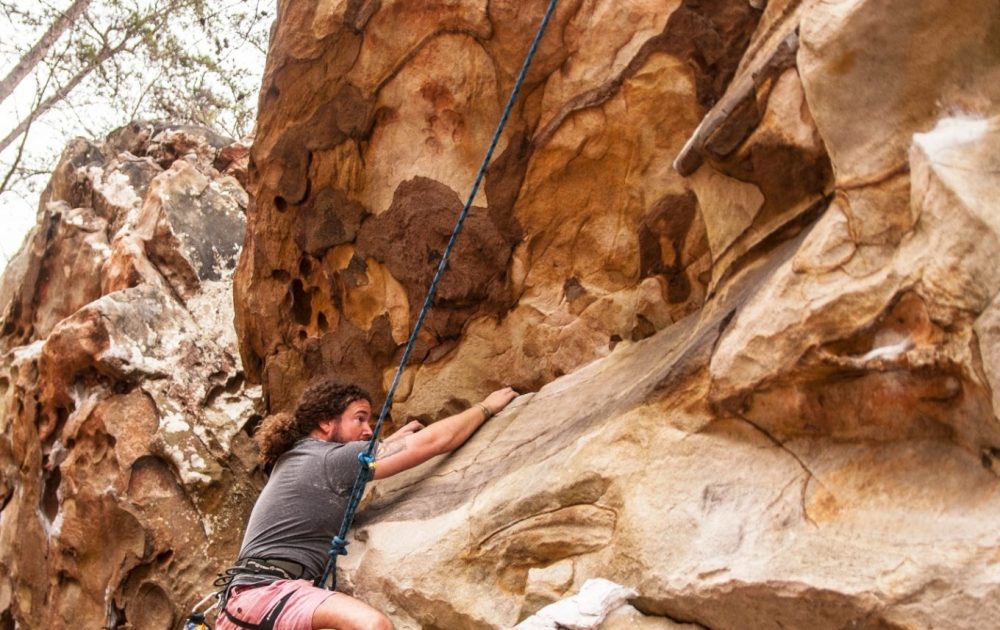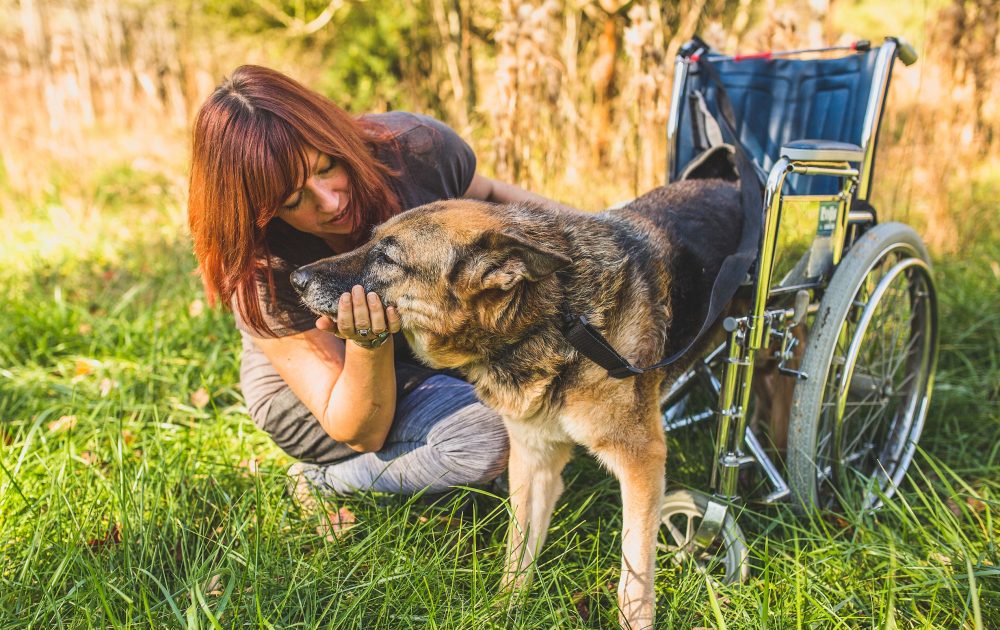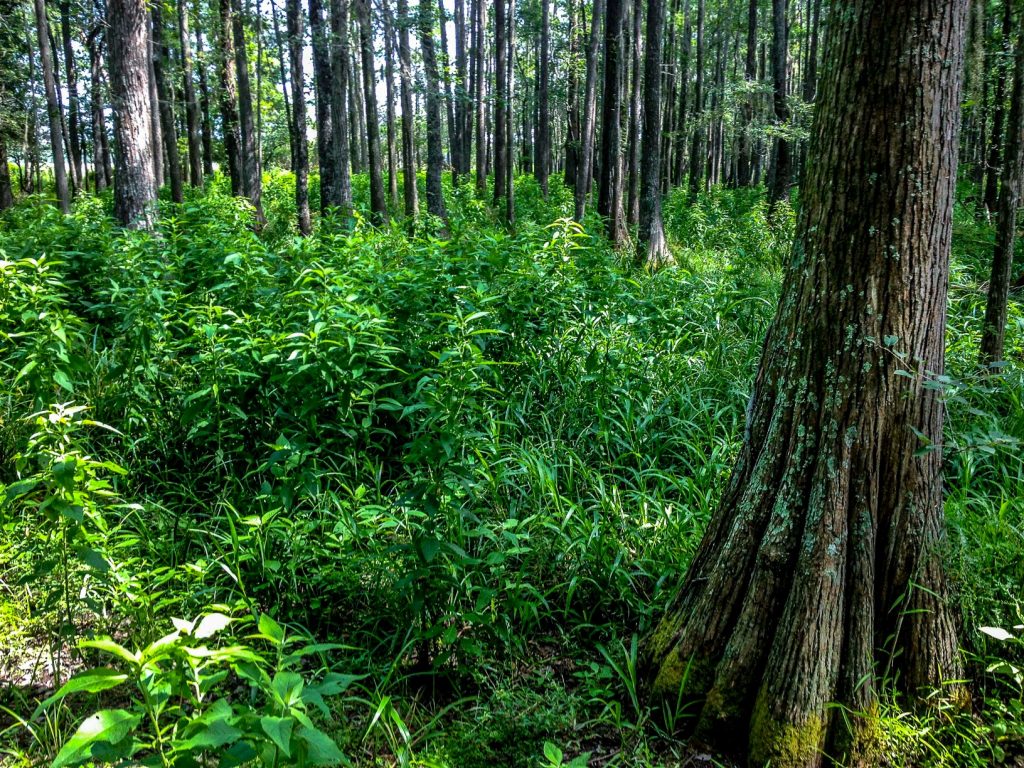
PHOTOS PROVIDED BY GEORGIA/ALABAMA LAND TRUST
It is not a society of tree huggers devoted to overthrowing humanity’s hold on the earth. It is not a government conspiracy to swindle property away from citizens for unknown but obviously nefarious purposes. It is not a conglomerate of corporations planning the next expansion of consumerism by secretly buying up acreage from unsuspecting landowners. The concept of a land trust may be unfamiliar to most, a source of concern for the suspicious, but for those in the know, it represents a private conservation initiative mutually beneficial for the property holders and for the environment.
In northwest Georgia and northeast Alabama, the Georgia-Alabama Land Trust is the principal advocate for this approach to land preservation. Instead of struggling to establish unofficial state parks by directly purchasing property, an expensive and unrealistic tactic, this non-profit 501(c)(3) involves the public in the conservation process. As a result, biological jewels such waterfront on the picturesque Cahaba River in Alabama, home to 13 endemic species and debatably the loveliest waterway in the Southeast, remain in private possession but also continue to be a public treasure.
To make this ideal a reality, an organizing body with administrative power is necessary, and for these land trusts, the key words are conservation easement. Explaining this terminology, according to Georgia-Alabama Land Trust founder and doctor of endocrinology Chip Reed, is essential to any conversation about the mission of a land trust.
“People, at first, think we are trying to get them to give away the farm or the estate that has been in the family for generations. Quite the contrary; these easements are for the people who do not want their land to end up as the next tennis and golf community,” Reed explains. “In this arrangement, people keep their land, agree to certain environmental provisions, but they also can receive income tax benefits, property tax benefits, and even state tax benefits.”
More technically, a conservation easement is a legal agreement between a private individual and a governing organization to restrict certain forms of development on property in exchange for tax cuts and other financial incentives. The Georgia-Alabama Land Trust never assumes ownership but instead facilitates the creation of these easements and also ensures land owners are abiding by the limitations.
“Private property remains private, but we all need fresh water to drink, we all need clean air to breathe and we all need land to grow crops,” Reed adds. “Conservation easements ensure these resources remain intact and that unique environments are not buried underneath a golf course.”
More than a deterrent against an over-saturation of McMansion-populated country club communities, Reed’s original vision for conservation in North Fulton County has become a regional powerhouse for land preservation, protecting over 268,000 acres in the Southeast. However, the Georgia-Alabama Land Trust, now with 20 full-time employees on payroll, has been a lesson in the value of perseverance, according to Reed.
“My wife and I used to go to land zoning meetings, but soon realized our attendance wasn’t making any difference,” he explains.
Reed had heard of the land trust concept but had little knowledge of the topic. After a preliminary investigation of the process, he recognized the merit of this method.
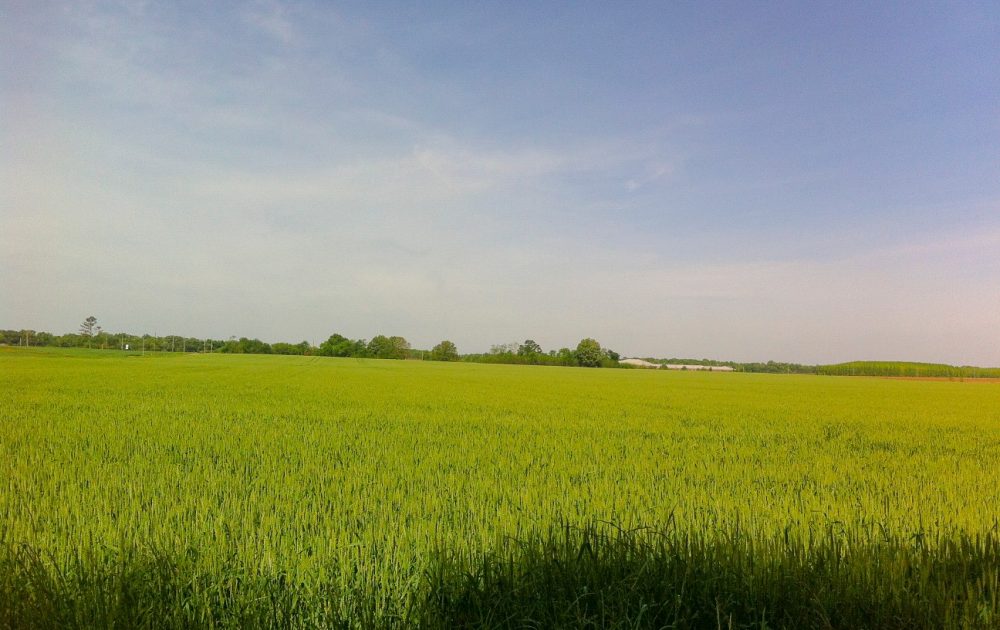
“We didn’t waste any time,” he says. “Our first course of action was raising awareness, and so my wife and I, we stuffed mailboxes with flyers inviting people to attend a land trust interest meeting. Quite surprisingly, at our first event, we had over 150 people attend. Everyone was just as curious as we were about this whole notion of land trusts.”
With the hype generated from their initial efforts, Reed and his wife, Roberta, went to Chattanooga, Tenn., to attend a Land Trust Alliance conference. The information they acquired during the seminars and the con-tacts they developed further fueled their passion for the project. However, success rarely comes overnight.
“When we came back, we hosted a second meeting,” Reed says, “but this time, we only had three people in attendance, and two of those were my wife and me. I’m not sure people recognized at the first meeting how serious we were about making this happen.”
For some, this apparent setback might have dissuaded any future effort, but not for Reed. “We weren’t discouraged,” he says. “We obtained 501(c)(3) status. We secured grant funding. We started fundraising. And, most importantly, we began talking to everybody about conservation easements.”
Reed’s persistence was not futile, and as the legal and social structure of the organization developed, conversation became conservation. In Hiawassee, Ga., the Georgia-Alabama Land Trust secured its first easement with Martin and Jennie Burrell, caretakers of a family-owned wildflower cover dating back to the 1840s. “Thanks to their decision, we had the credibility for obtaining the second and third and hundredth easements,” Reed says.
Despite his tireless work to launch the land trust, Reed’s full-time practice as an endocrinologist limited his ability to dedicate the hours the project was quickly demand-ing. “Originally, I was chief cook and bottle washer,” he jokes, “but the board was strongly encouraging me to hire a full-time director, someone who could oversee the continued growth of the land trust, and someone not limited to weekends and late nights like myself. Katherine Eddins was our solution.”
Hiring Eddins, in Reed’s opinion, was a catalytic moment for the organization. The first and still current executive director of the Georgia-Alabama Land Trust, Eddins has matured the moonlighting activism of a doctor into regional leadership in the conservation movement.
Not one to boast, she returns the credit to Reed. “The first thing I did as the director was to begin following up on Chip’s leads,” she says. “It was his persistent effort to raise awareness that gave me a base to develop the land trust into the organization you see today.”
While Reed and Eddins might disagree on who is responsible for the organization’s success, there is no denying the influence and impact of the Georgia-Alabama Land Trust. “When you fast forward from our start-ing place to now, it really is quite inspiring,” Eddins says. “Over 250,000 acres, over 750 conservation easements signed. And this includes everything from woodlands to waterways. We have easements in the middle of nowhere and easements in suburbia. To look back at the end of a year and see this farm or that hunting preserve, to know why it’s an environmentally unique property and to know it’s now safe, it’s a really rewarding experience.”
Even with the current success of the organization, there are always additional opportunities for conservation. “The geo-graphic region of northwest Georgia and northeast Alabama is a hotspot of biodiversity, but also a hub of seemingly constant development encroaching on this biodiversity,” Eddins explains.
For her, the preservation efforts are also acts of public service, investments toward the future of planet earth. “These easements ensure the availability of clean water, guarantee continued access to the undisturbed outdoors, and support both the agricultural and forestry industries,” she adds.
Reed also recognizes the social significance of the land trust and dreams out loud, “I hope to see our scope explain to include urban and suburban projects. Land conservation is an opportunity to help the community engage with nature, encouraging the youth to get off their phones and to step outside.”
Since its establishment in 1994, the Georgia-Alabama Land Trust has grown from a seed of conservation conversation into an oak, safeguarding thousands of unadulterated acres for future generations. Perhaps even more significant than this tangible win, the organization has empowered individuals to be environmentally active citizens, teaching us anyone can be a conservationist whether you own 25 acres or 25,000.
The icy, cold creek you “fell” into over and over again as a child, the mountain cove you visited every summer and dreamed about every day in class, the next-door neighbors’ field where you encountered chiggers for the first time … all of the locations associated with those treasured memories will long outlive your memory of them. Isn’t that truly wonderful?

